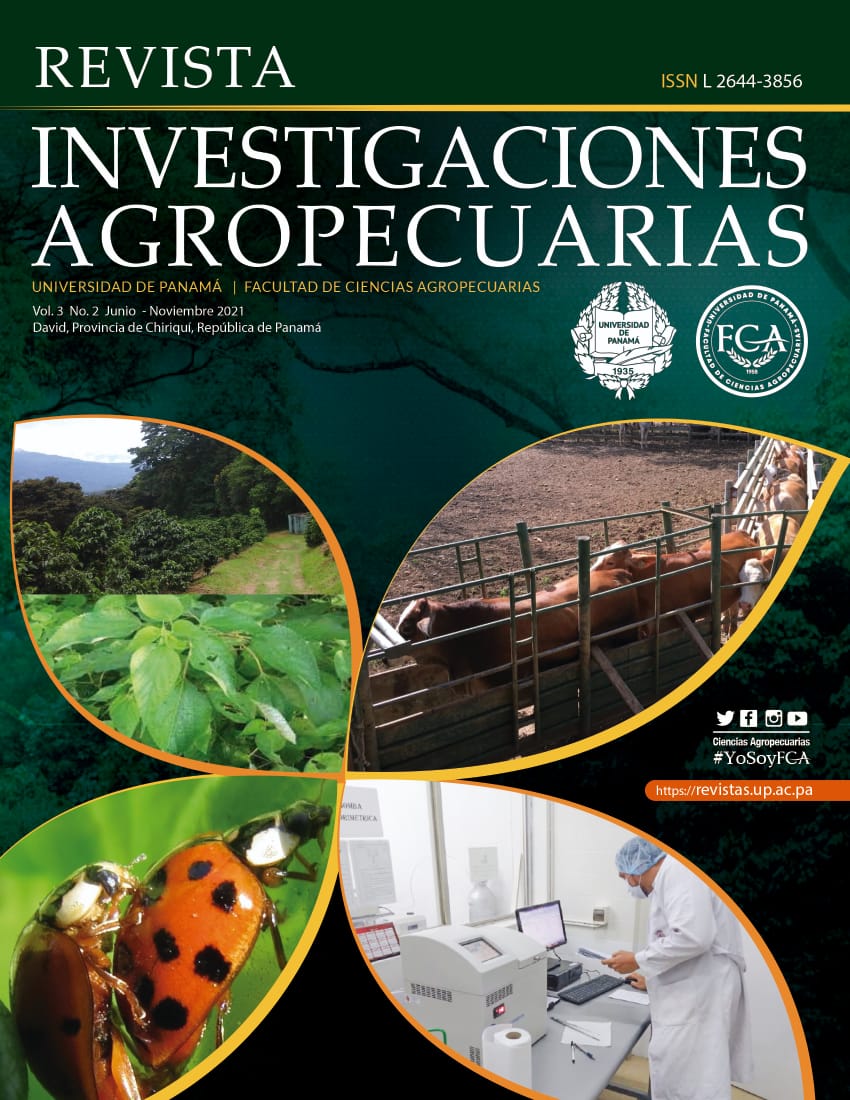

The experiment was carried out at the Tocumen Agricultural Research Center (CEIAT), located in the province of Panama, located at 9 ° 03 ’north latitude and 79 ° 22’ west longitude and an altitude of 14 m.s.n.m. The soil of the experimental area presented a clay loam texture, pH of 4.23 and an organic matter content of 2.0%. Seed from cuttings with ramie rhizomes (Bohemeria nivea (L.) Gaud) were used. with three buds planted in rows spaced at 0.80 m and 0.50 m between plants in 3.0 m x 3.0 m plots. The experimental design was completely randomized, with four repetitions and four cutoff frequencies (42, 56, 70 and 84 days). Vegetative material samples were taken by cutting. The samples were analyzed to determine the contents of dry matter (%), plant height (cm), coverage (%) and crude protein (%).
The highest aggressiveness in terms of soil cover occurred in the cutting frequencies every 42 days with significant differences (P <0.05) over the other cutting frequencies studied. The height of the plant in the four cut frequencies studied had statistically significant differences (P <0.05). The dry matter yield of stems and whole plant increased as the regrowth age or cutting frequencies increased, not so in the leaf portion where there was a small yield reduction after 70 to 84 days of regrowth. The percentage of dry matter increased as the cutting frequencies increased. The crude protein content of ramie decreased in all portions of the plant as cutting frequencies increased. The leaf portion presented a higher content of dry matter and crude protein than the stems. However, it should be noted that the harvests every 45 days delivered the material of the best nutritional quality.